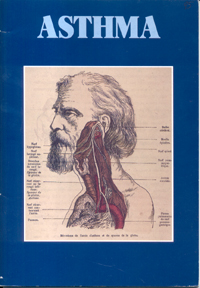It is fourteen years since the Office of Health Economics produced a paper on asthma (Studies of Current Health Problems No 57). During this time, asthma…
It is fourteen years since the Office of Health Economics produced a paper on asthma (Studies of Current Health Problems No 57). During this time, asthma has been the focus for much research and more has become known about the distribution of asthma…
It is fourteen years since the Office of Health Economics produced a paper on asthma (Studies of Current Health Problems No 57). During this time, asthma has been the focus for much research and more has become known about the distribution of asthma in the community, the disability that asthma causes, and the management of the condition, especially its prevention.
There is a perception that asthma is becoming more common, but whether this is because of a better understanding of the condition and improved diagnosis, or true proliferation, is not clear. Instruments for measuring air flow, for example, the peak flow meter, are more widely available now and clinic tests using more advanced techniques for measuring lung capacity and function (the vitalograph) and airway conductance (the plethysmograph) have been refined and are more widely applied. At the same time the importance of prophylactic medicines for asthma has been more fully recognised; this also has made it more desirable to diagnose cases which might previously have been given a more general respiratory label. While none of the changes which have occurred can be categorised as breakthroughs, the cumulative effect has been considerable.
The increased understanding of the disability that can be caused by asthma and the knowledge that much of this can be prevented or avoided is helping to remove the stigma from asthma as a disease and putting it into the category of a condition like migraine as something that cannot be cured but which can be successfully managed. It is therefore appropriate to review the situation once again to see what has been achieved in the intervening fourteen years, what still remains to be done and what the prospects are for improvements during the remaining years of this century.
